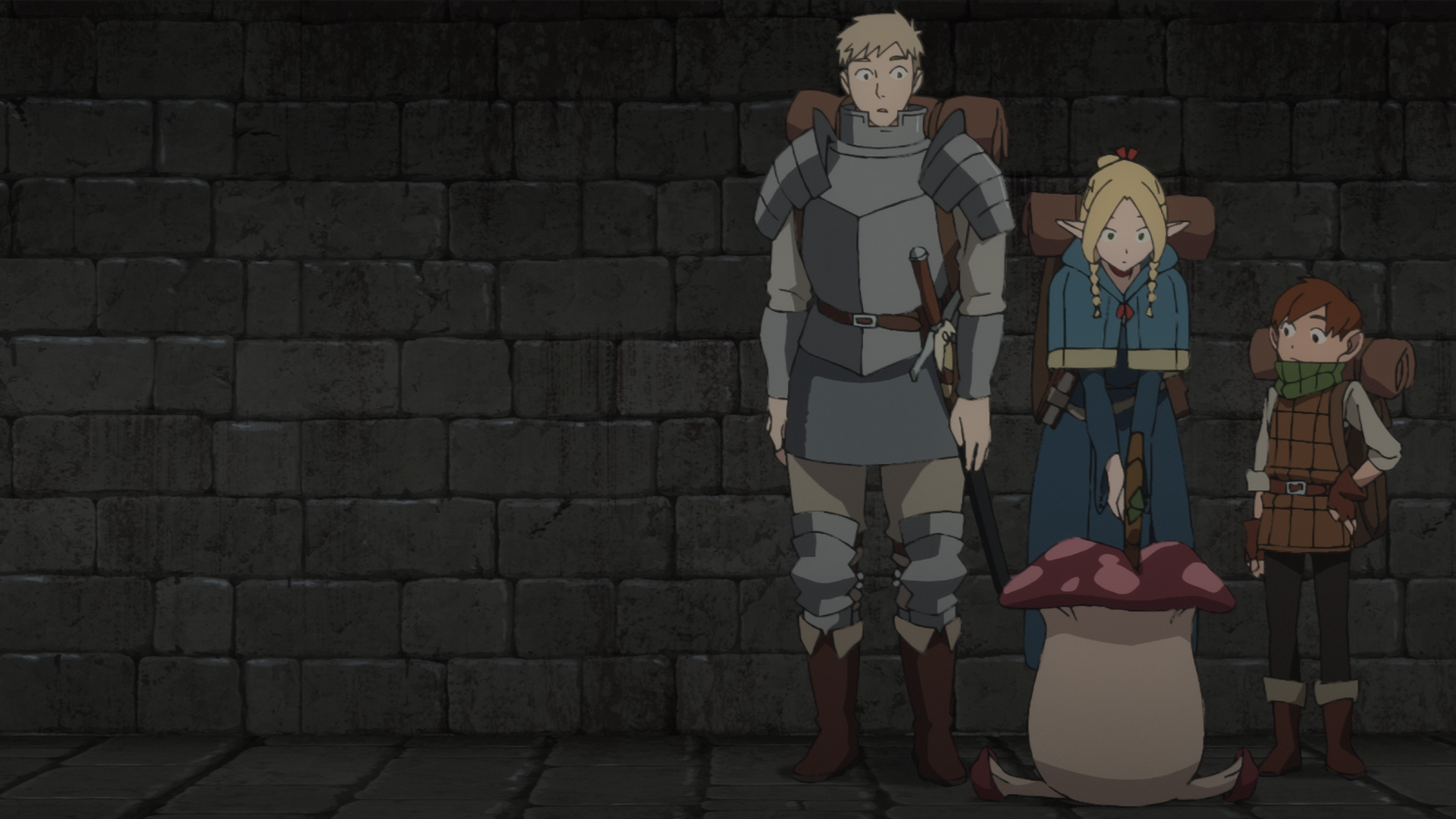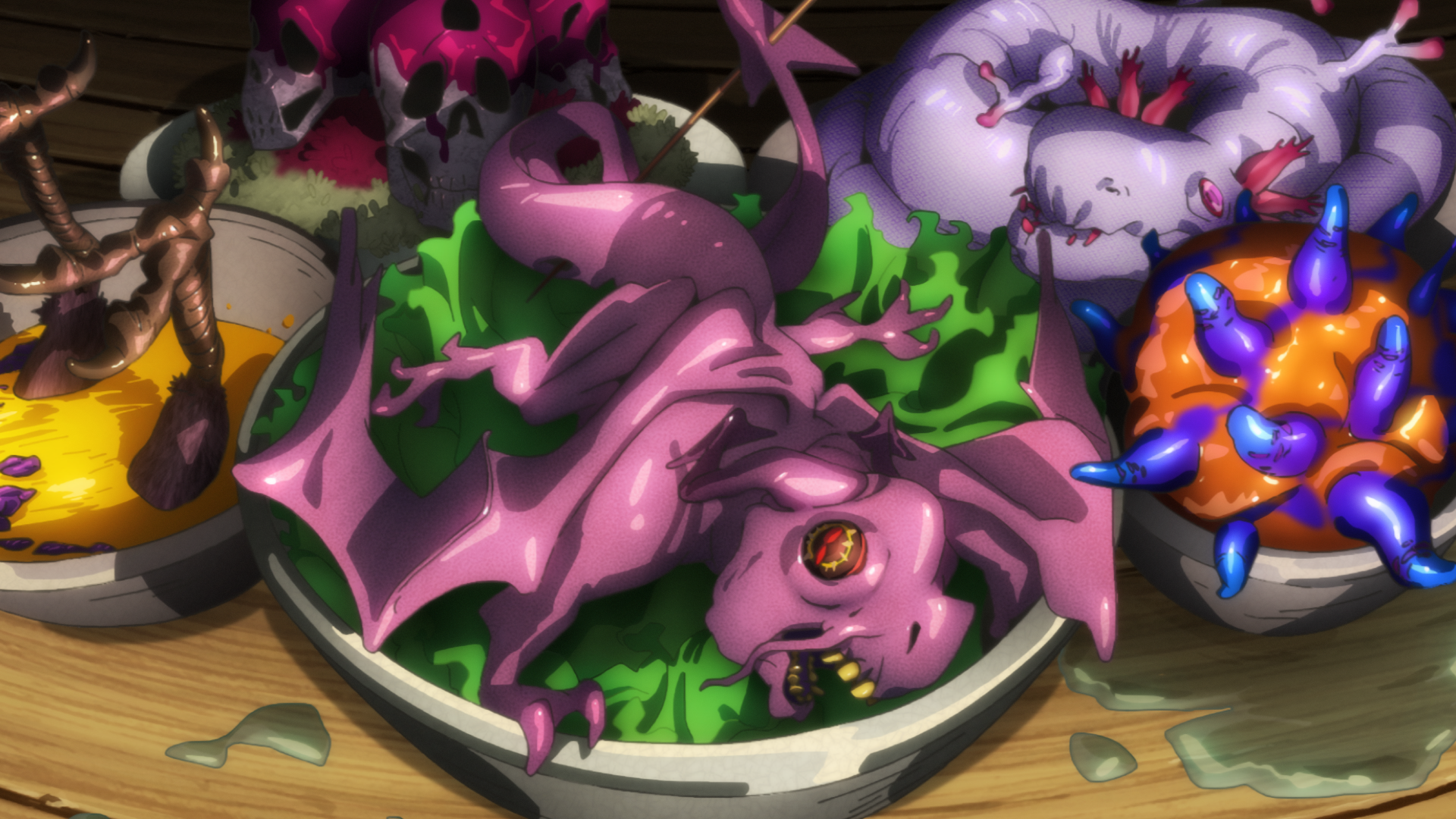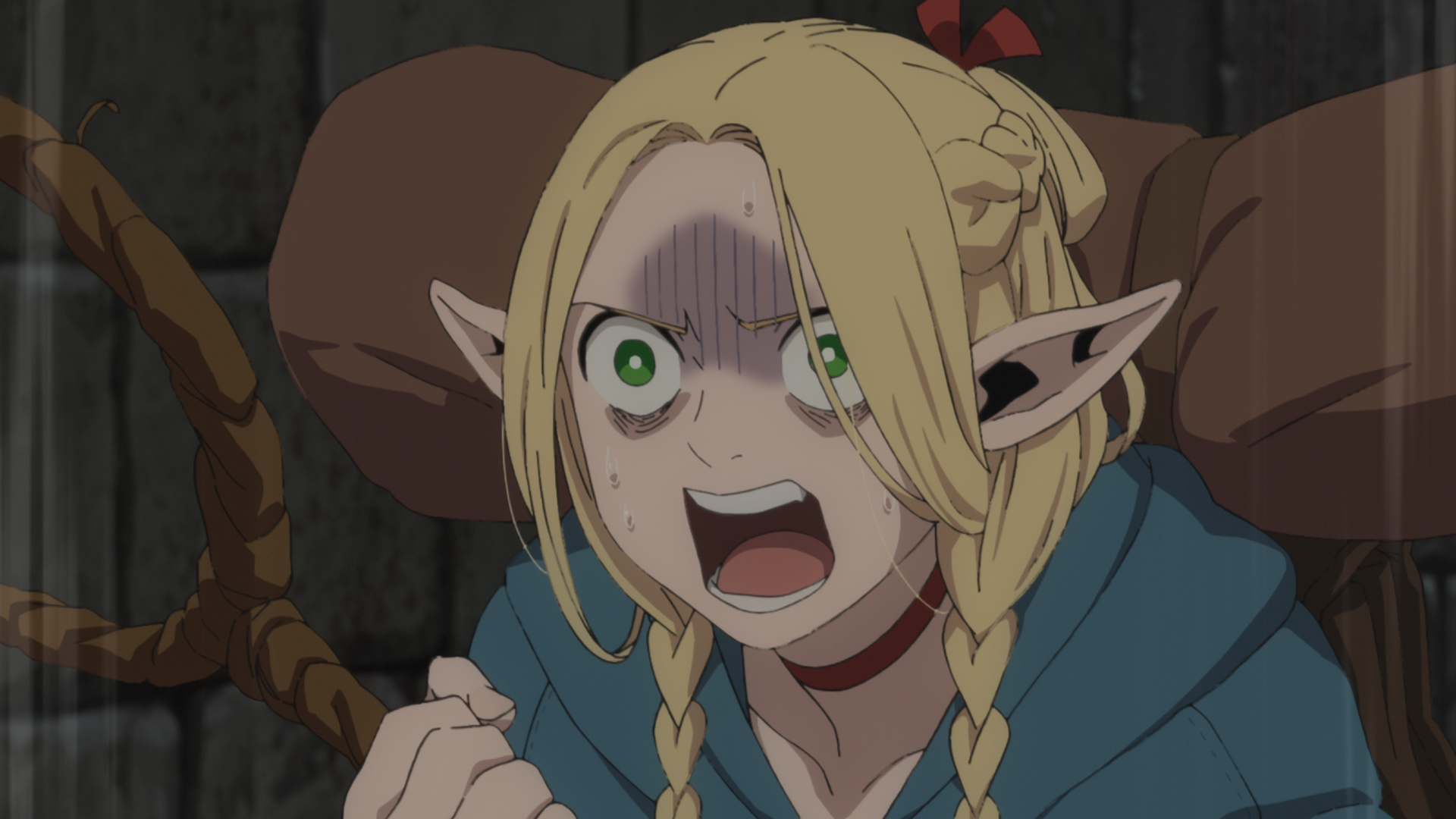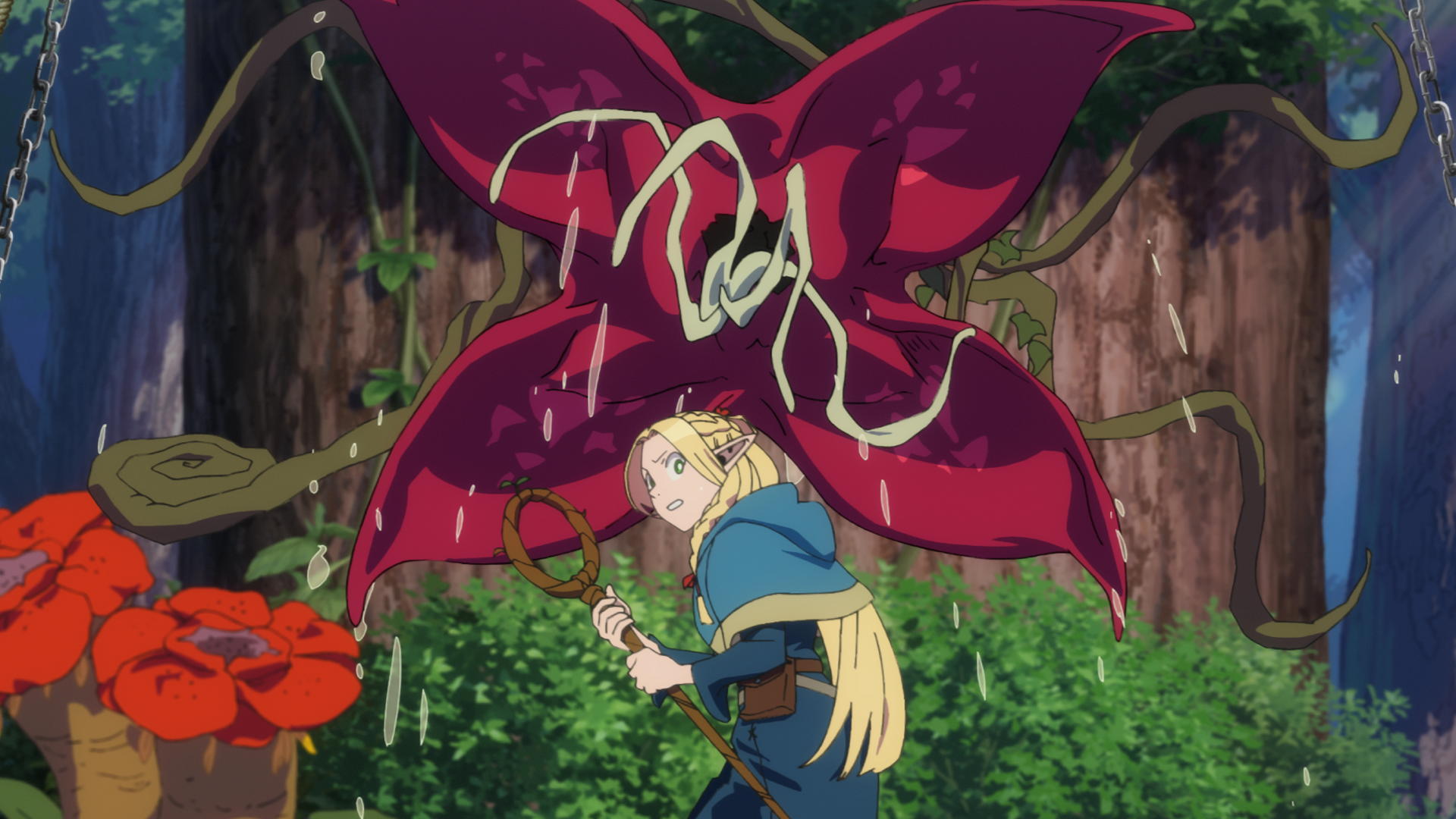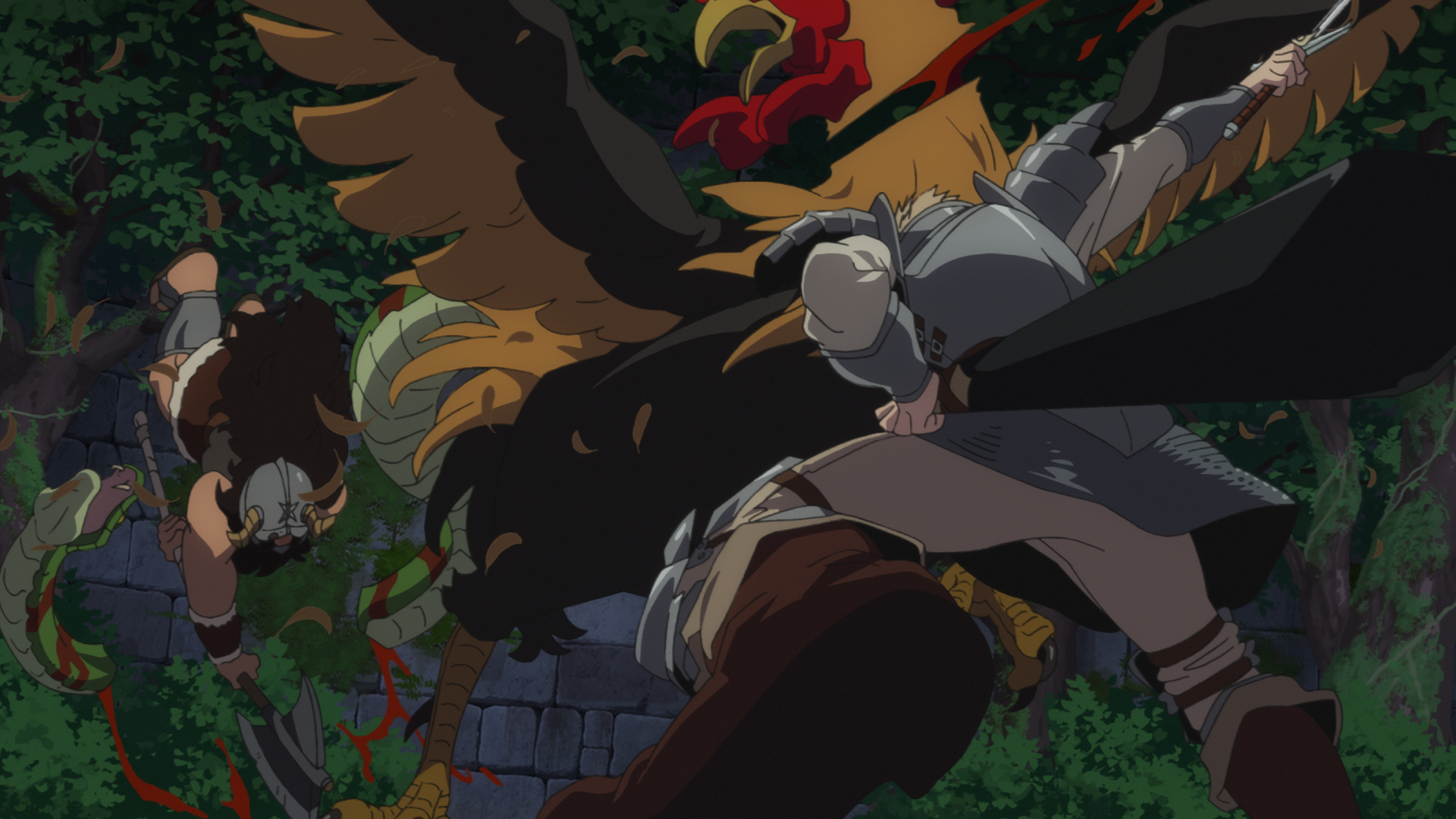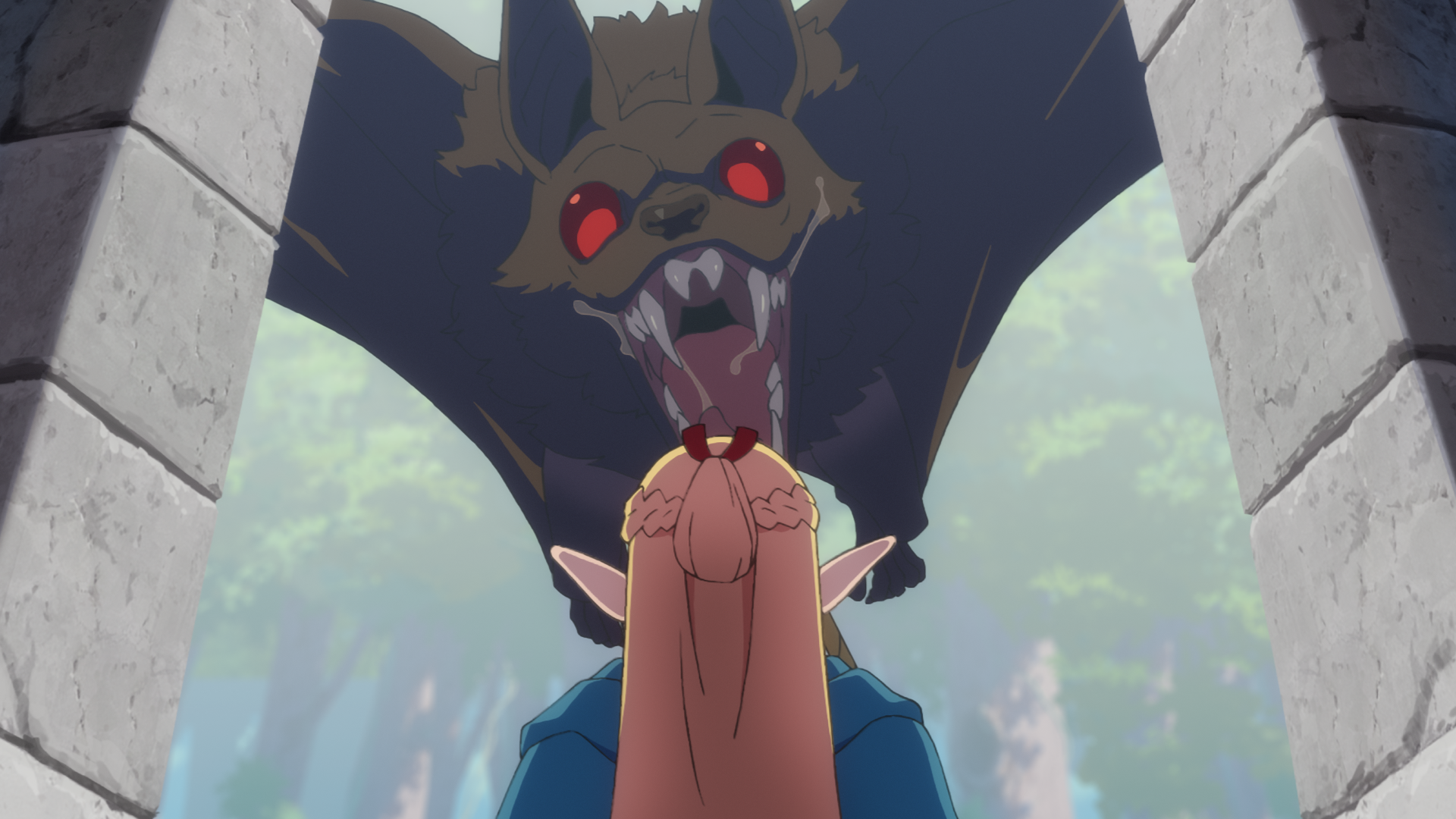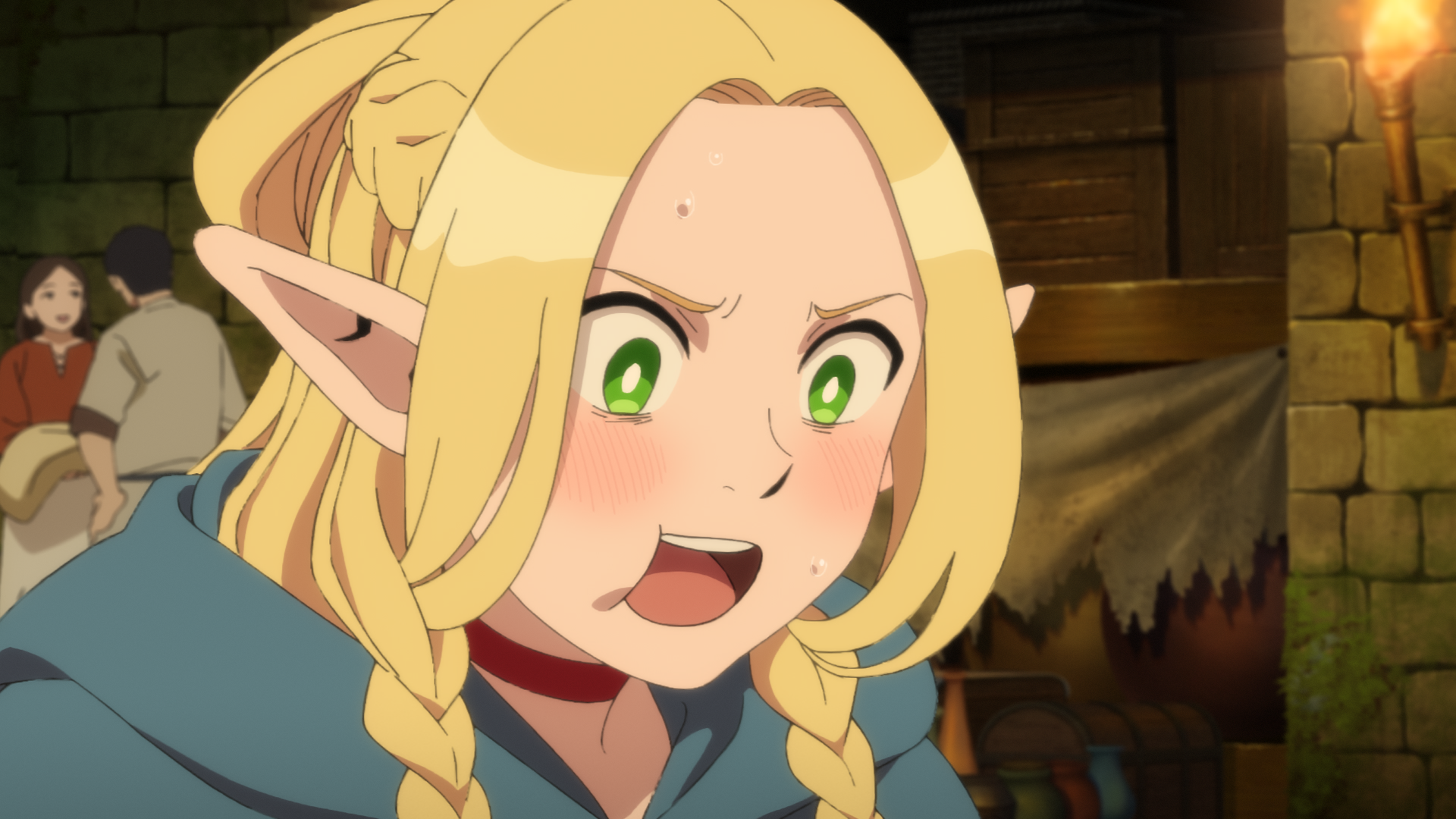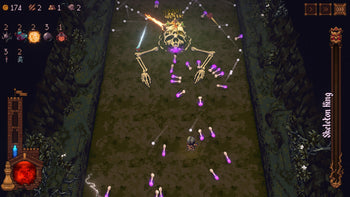Delicious in Dungeon’s Enduring Legacy Shouldn’t be its Monster Menu
There’s no denying that the unique spin in Delicious in Dungeon, which sees the series’ party of adventurers eating the monsters they encounter in an extensive, multilayered dungeon, instead of real food, is one of its main draws. The manga itself has been around since 2014, but outside of Japan its premise has remained largely off most people’s menus. And you’d be right to call said premise an appetising spin on the D&D-inspired norm. But having personally wrapped the first season (despite it being available for over a year now!), I’d argue that the series’ legacy is deeper than the monster-infused umami that Senshi and co cook, prepare and chow down on, often emphatically. Rather, it’s in its exploration of dark magic, the desperation that got the party to where they are in the first place, and what the cost of hope truly is when it seems all but lost.
Oh, and also just how bad a cut of dragyu meat could be for someone whose intestinal lining might not be quite ready for such rich marbling.
The rules created in this high-fantasy setting are among the best we’ve experienced in the format, and yes that includes the likes of the equally brilliant Vox Machina, the slow-but-philosophical-but-very-good (and recently-released) Frieren and another personal fave (in anime), Reborn as a Vending Machine, I Now Wander the Dungeon, among myriad others. Interestingly, however, Delicious in Dungeon shares as many similarities with Full Metal Alchemist as it does the aforementioned through its expressly indulgent spin on transmutation and chimeran ‘monstrosities’ as well as its layered politics. And it’s in these spaces and fallouts where the first season truly shines.
But let’s get back into the multi-leveled kitchen(s) first, for a bit of prep.

Delicious in Dungeon
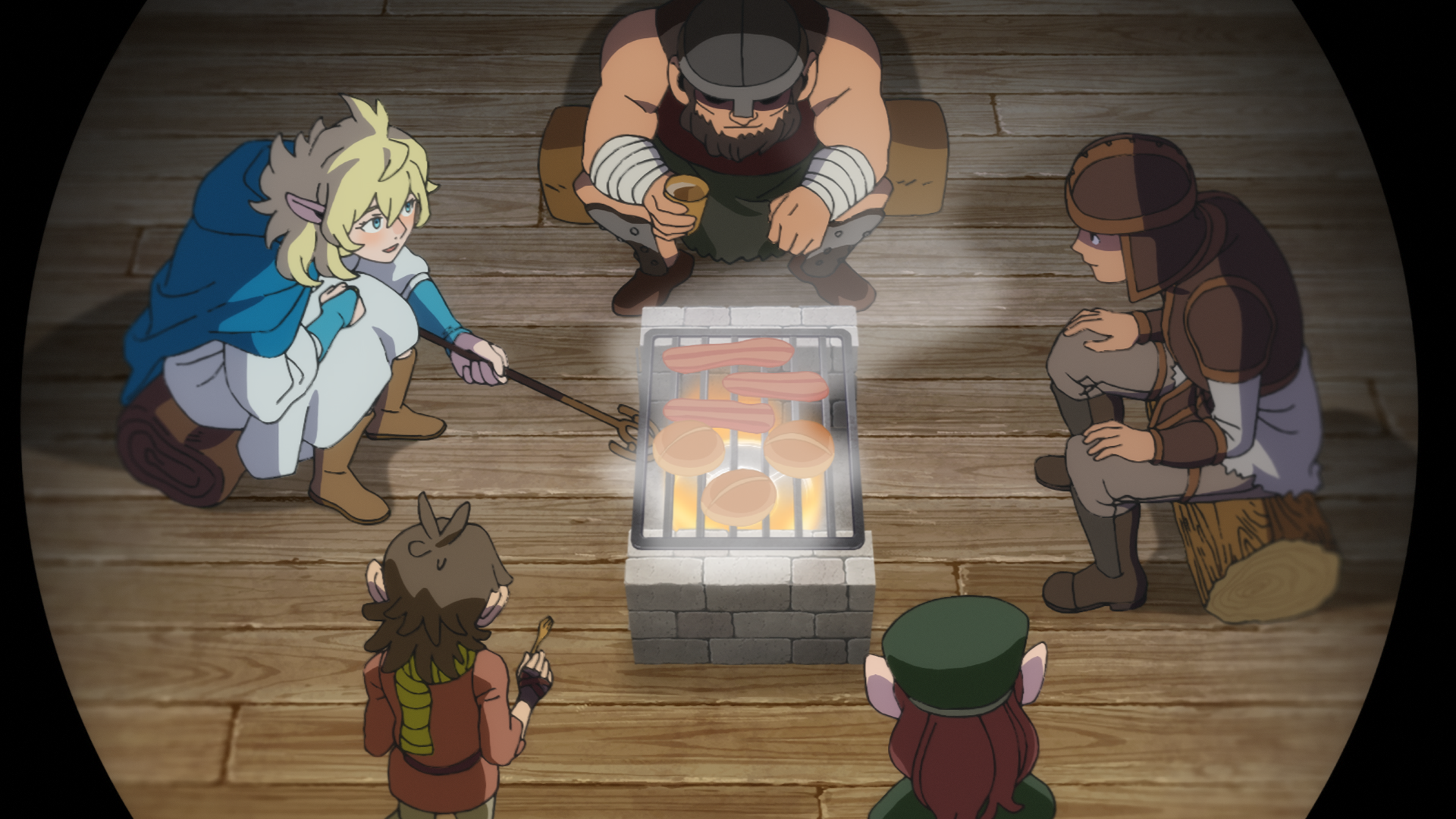
About the author


